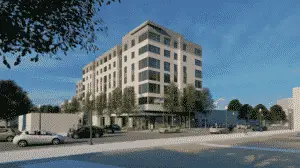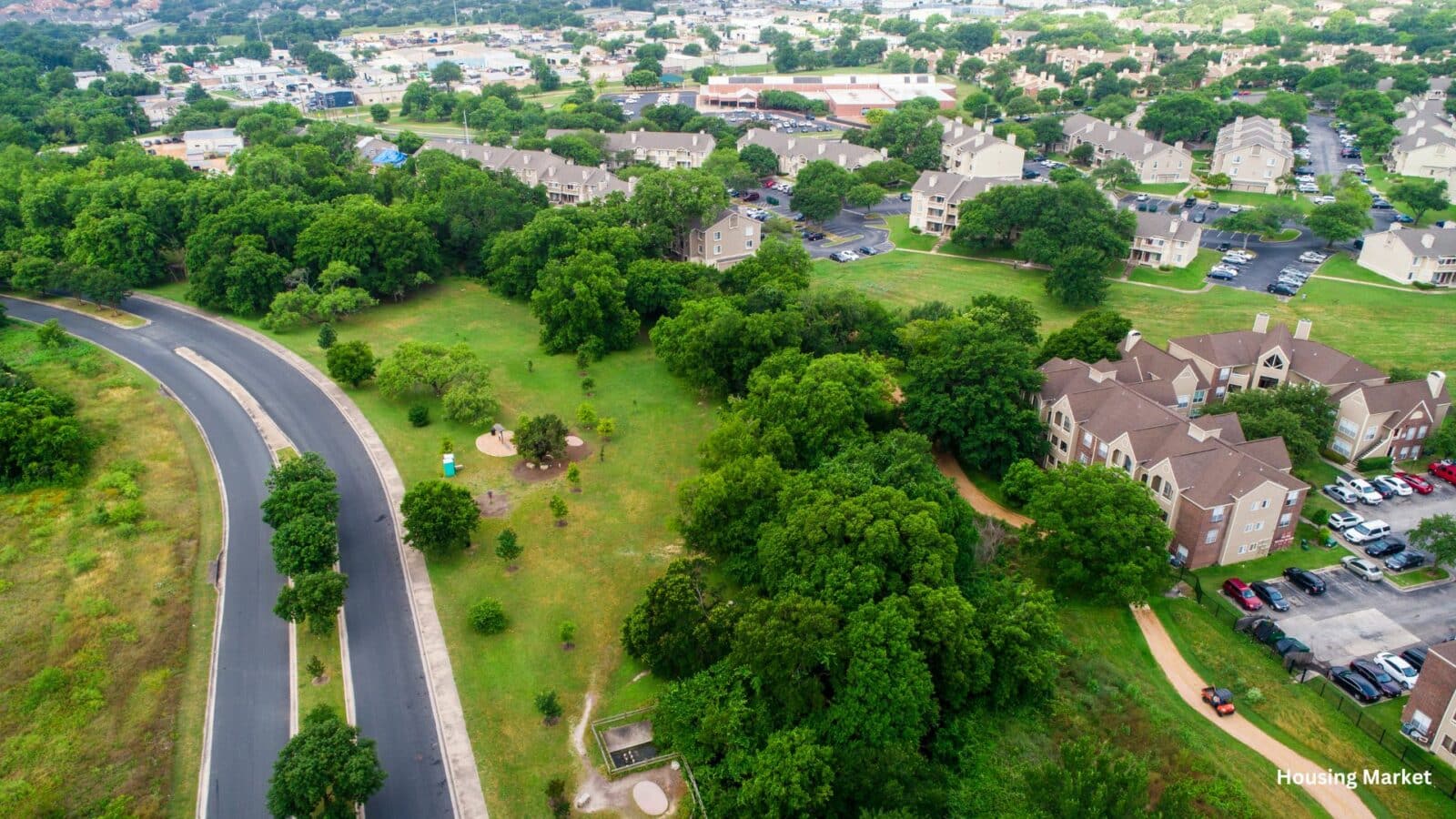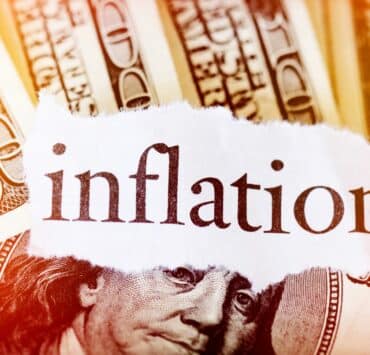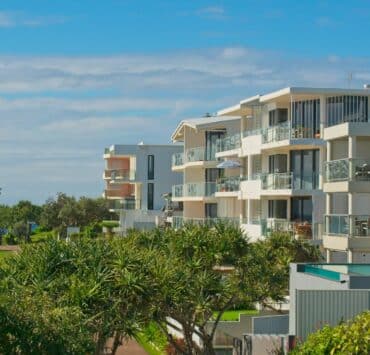The recent Austin construction collapse marks a significant downturn in the city’s once-thriving housing market. As demand for multifamily homes wanes, Austin, Texas, has seen the nation’s biggest drop in permits for such constructions. The decline is primarily attributed to soaring rent costs and a slowing migration trend post-COVID-19, leading to a cooling demand for rental properties.

A Deep Dive into the Austin Construction Collapse
Decline in Building Permits
This year, Austin has seen builders secure only 21 permits per 10,000 residents, almost half of the average from 2021 to 2023, according to Redfin. This significant drop is part of a national trend where building permits have plunged 30% during the same period. Builders, who had escalated construction during the COVID years, are now pulling back, especially in the South and the Sunbelt, where Americans had flocked in search of cheaper housing.
Economic Shifts and Construction Costs
The migration trend is slowing as employers demand workers return to offices, reducing the need for new rental properties. Additionally, builders are grappling with high construction costs. Elevated interest rates have made borrowing money for construction projects more expensive. Despite a near-record number of new multifamily units hitting the market, some property owners are finding it difficult to secure tenants.

Impact on the Rental Market
Despite the slowdown, Austin remains one of the leading cities for building permits, behind only Cape Coral, Florida. However, with new properties set to hit the market, Austin has seen a substantial rent decline, with asking prices down 7% in May. This marks the third-steepest decline among the metros for which Redfin has rent-price data. The influx of new developments has flooded the rental market, offering prospective renters many options.
Future Implications
Housing economists warn that builders pulling back could slow the supply of rental properties, potentially limiting the fall in rent prices. Prospective renters might find now to be a better time to sign leases, as property owners could start increasing rents once the new apartments fill up. This scenario might unfold within a year or two, leading to higher rent prices due to reduced supply.

The Austin construction collapse serves as a stark reminder of the volatile nature of the housing market. As the city navigates through these challenges, the future of Austin’s real estate remains uncertain. Prospective renters and homeowners alike should stay informed and consider the timing of their investments carefully.
Related posts:
 Affordable Rental Provider Repays $710K to Arlington County
Affordable Rental Provider Repays $710K to Arlington County
 Surge in US Housing: A Close Look at the November 2023 Boom
Surge in US Housing: A Close Look at the November 2023 Boom
 Seattle Fort Lawton Housing Plan Revision: A New Vision for Affordable Living
Seattle Fort Lawton Housing Plan Revision: A New Vision for Affordable Living
 2024 Real Estate Recession Warning: A Closer Look at the Housing Market Dynamics in Arizona
2024 Real Estate Recession Warning: A Closer Look at the Housing Market Dynamics in Arizona
 Affordable Housing in Highland Park: A Sustainable Approach to Homeownership
Affordable Housing in Highland Park: A Sustainable Approach to Homeownership



